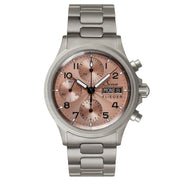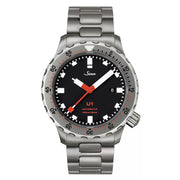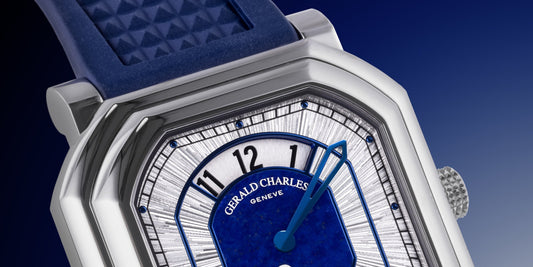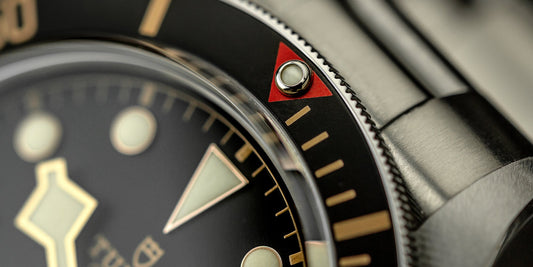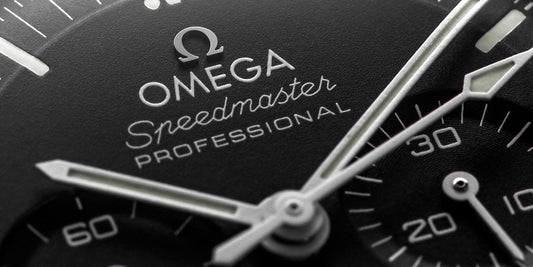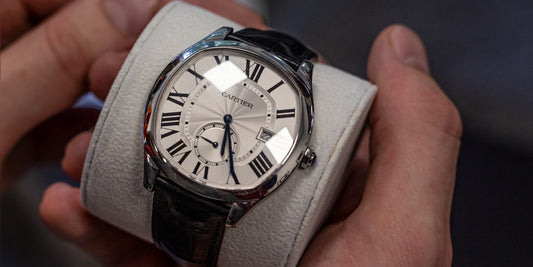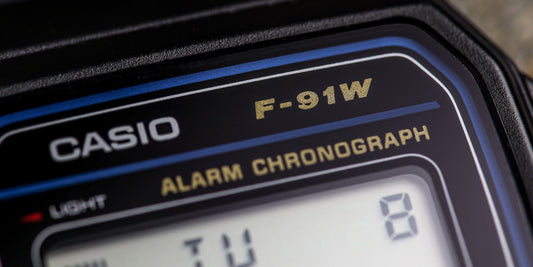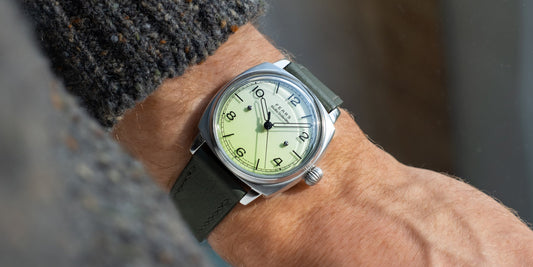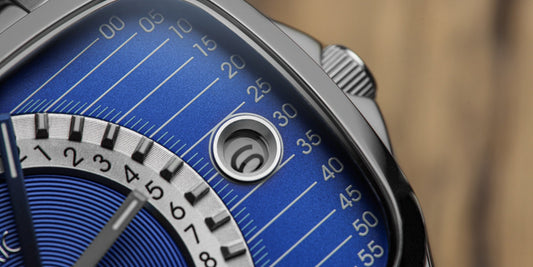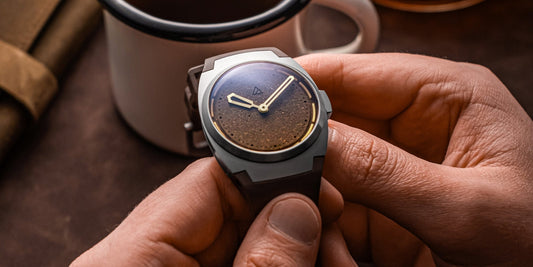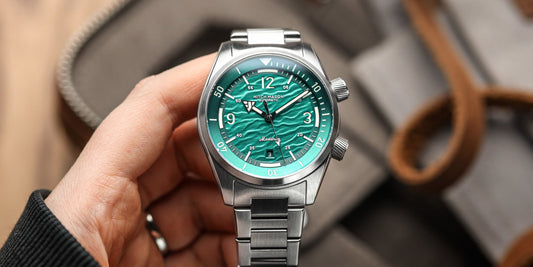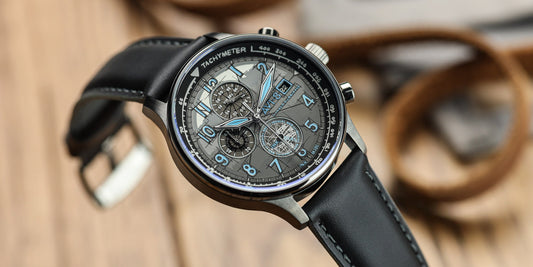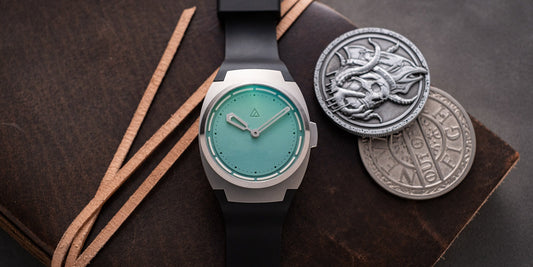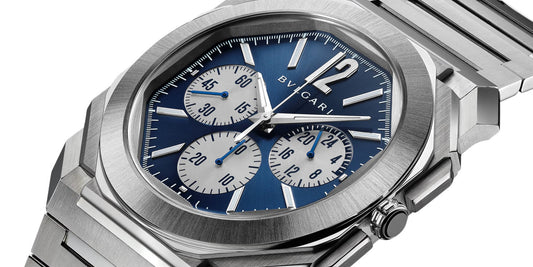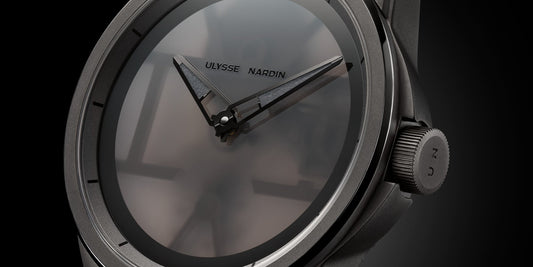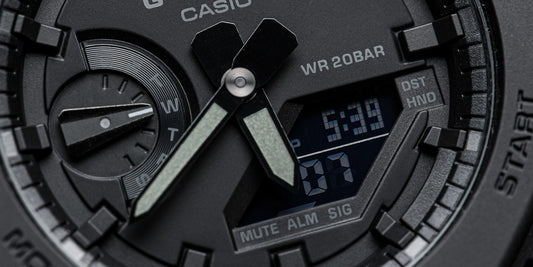There are certain categories of watches that command more attention than others. One of the most popular watch types is undoubtedly the dive watch. Frequently styled either “dive watch”, “divers’ watch”, “diver’s watch”, or “divers watch”, this particular genre is easily definable due to the existence of an internationally agreed set of requirements known as ISO 6425, which pertains specifically to mechanical watches but whose criteria can be also be applied to quartz watches with a couple of changes to the criteria in the fields of shock-resistance and its effect on timekeeping, and the watch’s ability to withstand magnetic fields.
 Sinn 556 on Original Vintage Highley Genuine Leather Watch - Credit WatchGecko
Sinn 556 on Original Vintage Highley Genuine Leather Watch - Credit WatchGecko
- Regular price
- $129.00 CAD
- Regular price
-
- Sale price
- $129.00 CAD
- Unit price
- per
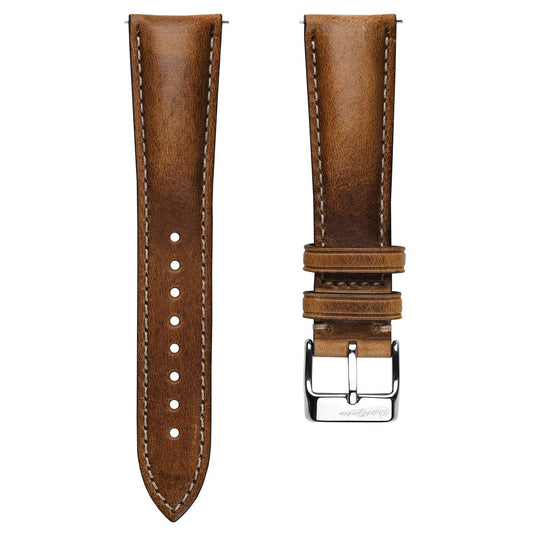
- Regular price
- $129.00 CAD
- Regular price
-
- Sale price
- $129.00 CAD
- Unit price
- per
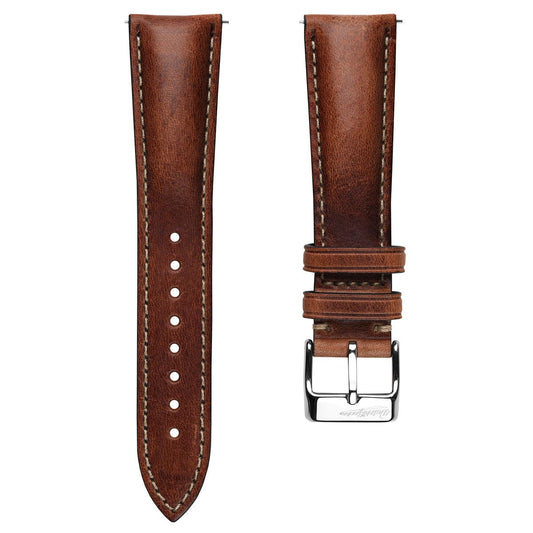
- Regular price
- $129.00 CAD
- Regular price
-
- Sale price
- $129.00 CAD
- Unit price
- per
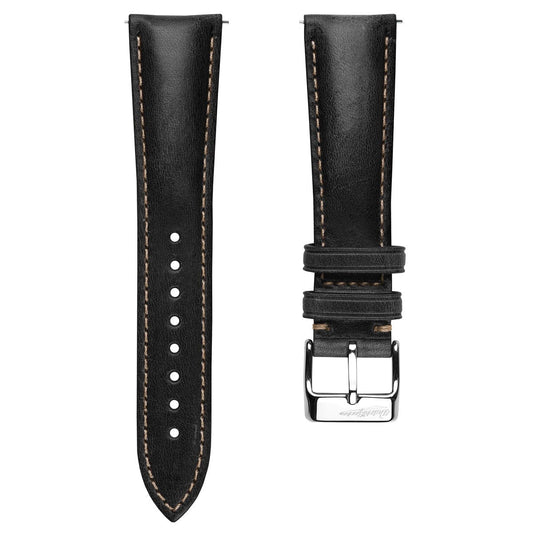
Unlike many other watch genres, such as “sports watch”, “pilot watch”, or “dress watch”, deciding whether or not a particular model qualifies for the designation is easy. There can be no question about a watch’s claim to fit within this category thanks to the clearly mapped out list of technical and functional attributes they must possess. And yet, despite those strict criteria, there is still a significant stylistic variation between pieces submitted for qualification.
Seldom, however, does a watch bring additional functionality or suitability to the table. That is exactly what we see with German maker Sinn’s Hydro technology, which, while not unique to the brand, is rarely regarded as anything but the gold standard of its type, and, as a result, seen as one of the finest innovations in the field of subaquatic timing.
 Sinn 556 - Credit WatchGecko
Sinn 556 - Credit WatchGecko
Before we take a look at some of the wilder attempts to bring innovation to the dive watch class, let’s break down the actual requirements of ISO 6425 to see where some brands hoping to stretch the definition of a dive watch through raw creativity have missed the mark, and to better appreciate how clinically Sinn approached the challenge of making the “best of type” dive watch it possibly could.
- The watch must possess a minimum water resistance of 100 m.
- The watch must be equipped with a dive time indicator, such as a rotating bezel, a digital readout, or similar. At the very least, minute markers must be displayed over a period of at least one hour. It is quite unusual to find timing bezels that can track periods of more than 60 minutes and even rarer to find them doing so while still fulfilling the minute marker requirement. An example of a watch that does the former (tracking elapsed time over three hours), but not the latter, is the recently released Blancpain Fifty Fathoms Act 2 Tech Gombessa.
- The watch face must have clearly distinguishable minute markings.
- The watch must have adequate readability/visibility at 25 cm (9.8 in) in total darkness. This point pertains to the luminosity of the hands and markings, but is, admittedly, a little woolly with its use of the word “adequate”. It is worth noting that ISO 6425 does not specify a required duration of glow, which results in the analysis of a luminous compound’s performance being somewhat subjective and circumstantial.
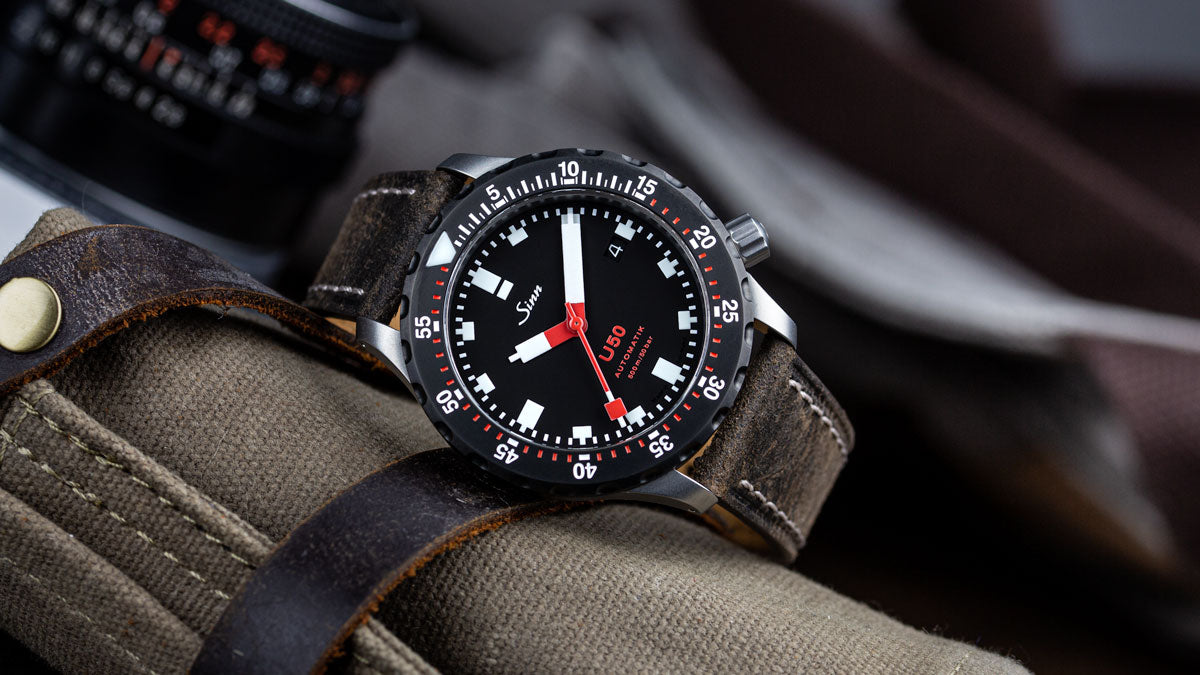 Sinn U50 on Simple Handmade Distressed Leather Watch Strap - Credit WatchGecko
Sinn U50 on Simple Handmade Distressed Leather Watch Strap - Credit WatchGecko
- Crucially, a dive watch must possess a lumed running indicator. This normally takes the form of a seconds hand with a luminous tail or tip. It could, however, take another form, although this is rare.
- Dive watches must be able to withstand direct exposure to magnetic fields of 4,800 A/m without experiencing a drastic disruption of accuracy. The testing procedures for mechanical and quartz watches differ on this point, with mechanical watches being subjected to three exposures from varying angles, while quartz watches are exposed at the most “critical angle”. After exposure, watches are required to run at ± 30 seconds/day in relation to their tested performance prior to exposure.
- Shock resistance is tested by two shocks (one on the 9 o'clock side, and one to the crystal and perpendicular to the face). The shocks are administered by a 3 kg plastic hammer with an impact velocity of 4.43 m/s. The change in rate allowed is ± 60 seconds/day for mechanical watches and ± 2 seconds/day for quartz watches.
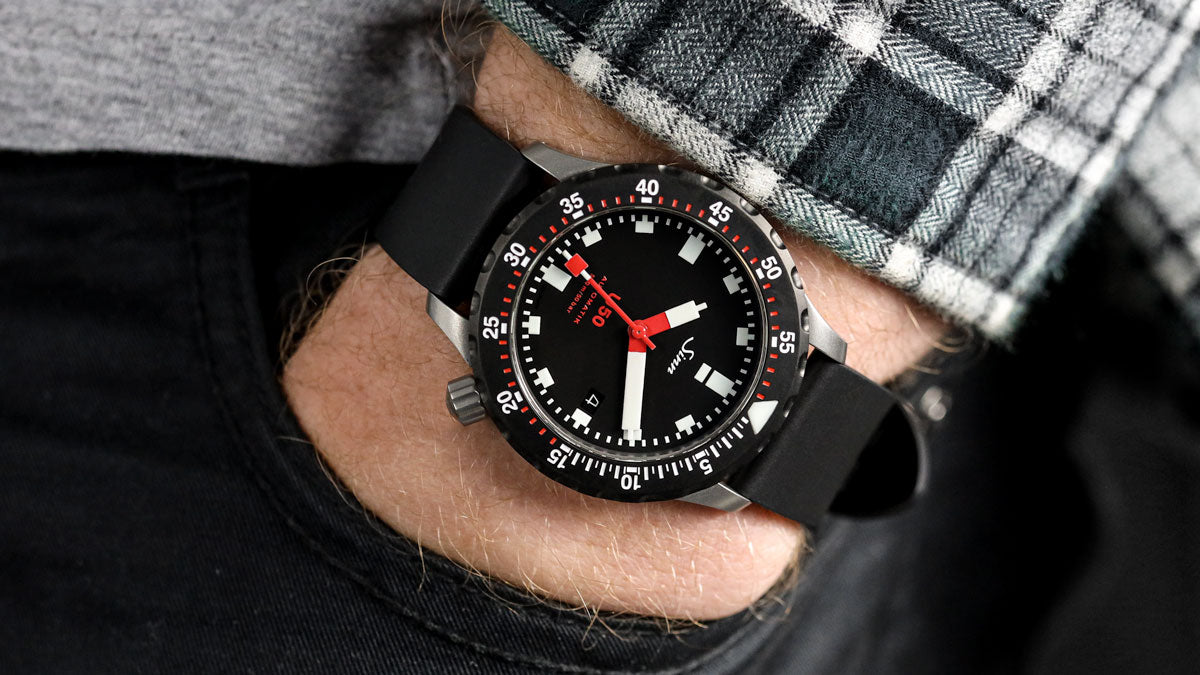 Sinn U50 - Credit WatchGecko
Sinn U50 - Credit WatchGecko
- Regular price
- $5,641.00 CAD
- Regular price
-
- Sale price
- $5,641.00 CAD
- Unit price
- per
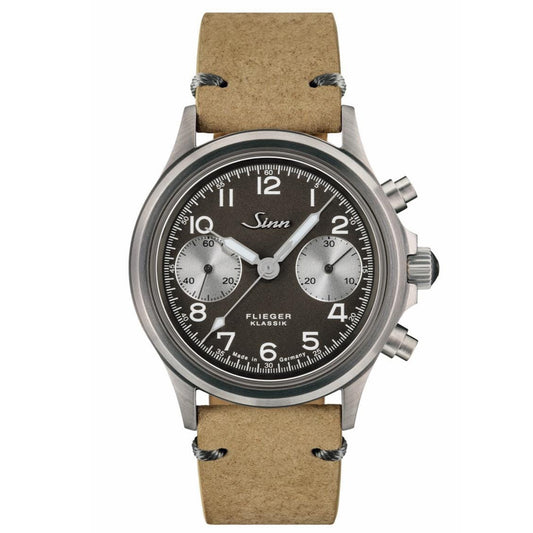
- Regular price
- $4,930.00 CAD
- Regular price
-
- Sale price
- $4,930.00 CAD
- Unit price
- per
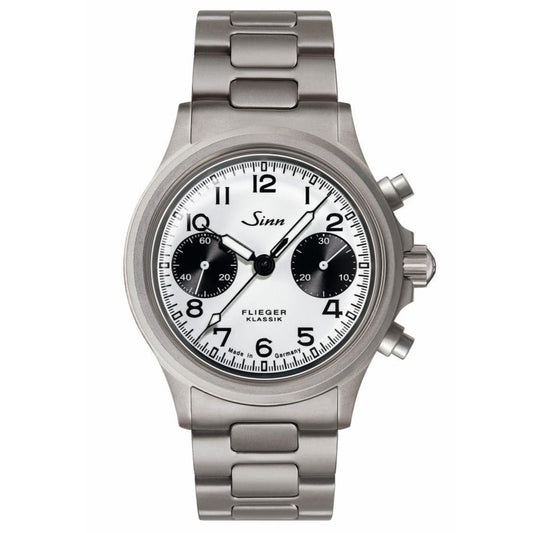
- Regular price
- $4,513.00 CAD
- Regular price
-
- Sale price
- $4,513.00 CAD
- Unit price
- per
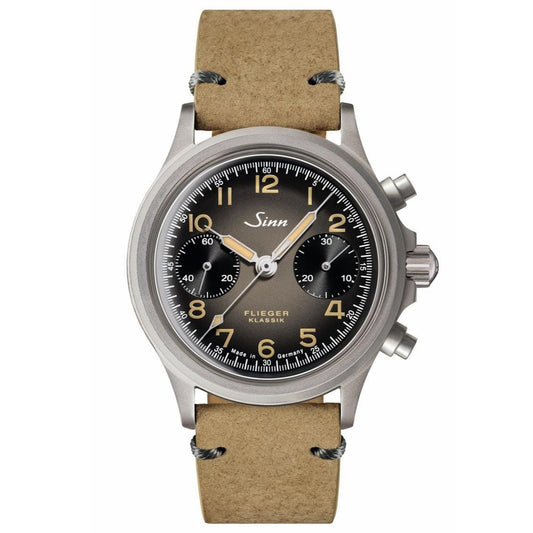
- Watches must prove their chemical resistance by being submerged in a 30 g/L NaCl solution (with a similar salinity to normal seawater) for 24 hours, testing their resistance to rust.
- The watch strap/bracelet is strength tested by applying a force of 200 N (45 lbf) to each spring bar (or attaching point) in opposite directions. The watch, its strap, and the strap’s attachment point must emerge undamaged from the test.
- Battery-powered watches must possess an End Of Life (EOL) indicator, to alert the user that a battery change is necessary. This normally takes the form of a skipping seconds hand that “dashes” forward three or four seconds before stopping for the same amount of time and then rushing forwards again. This will continue until the battery dies and the watch stops completely.
With the science out of the way, let’s chew through a few examples of watches that clearly love diving more than they love the rules…
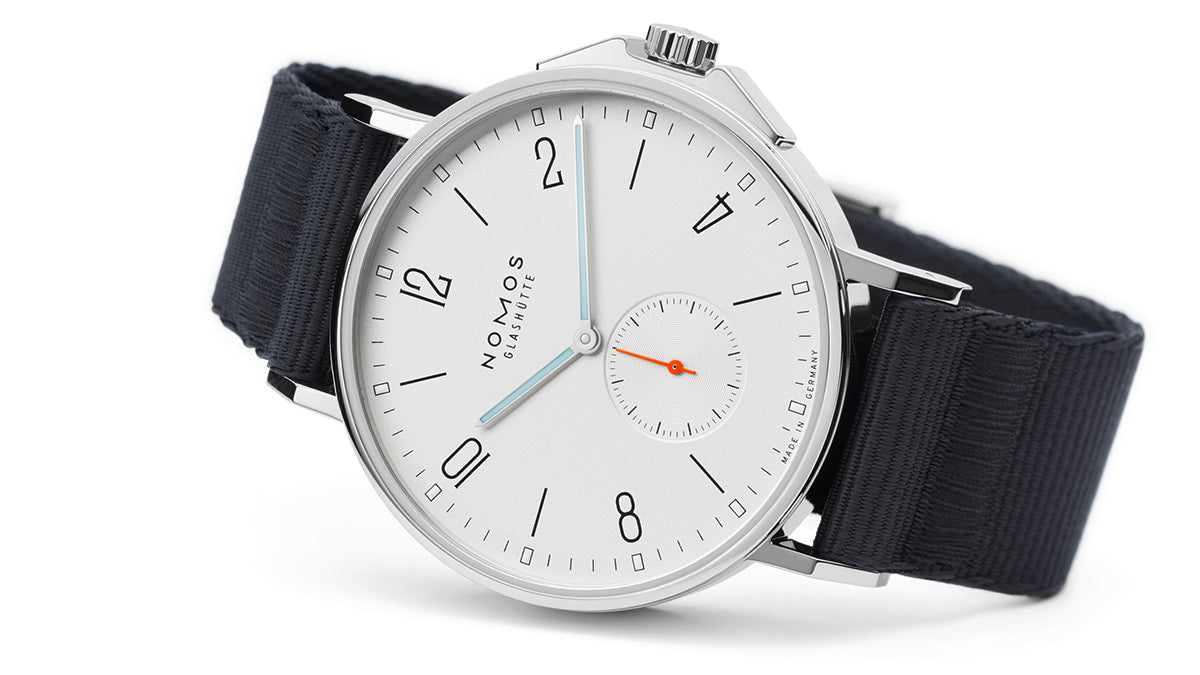 NOMOS Ahoi - Credit NOMOS
NOMOS Ahoi - Credit NOMOS
The dive watch canon is so popular that many brands not known for their tool watches have attempted to leverage its commercial clout by releasing watches that, at best, could be described as “dive-inspired” watches. That isn’t an industry standard term (it’s actually one of my own, designed to acknowledge these brands’ intentions without buying into the confusing marketing material that suggests at least tangentially that these watches would pass the stringent testing necessary for use beneath the waves). Examples of such watches include MB&F’s HM7 Aquapod, De Bethune’s DB28GS Grand Bleu, and even NOMOS Glashütte’s Ahoi series. What these models do well is pay homage to the environments for which dive watches are traditionally designed in different ways.
The Ahoi line from NOMOS features a rugged case, crown protectors, and a screw-down crown that affords the model 200 metres of water resistance. However, it lacks the necessary timing bezel and running seconds indicator required to satisfy ISO 6425 and its lume, while present, would struggle to emit a strong enough glow to qualify.
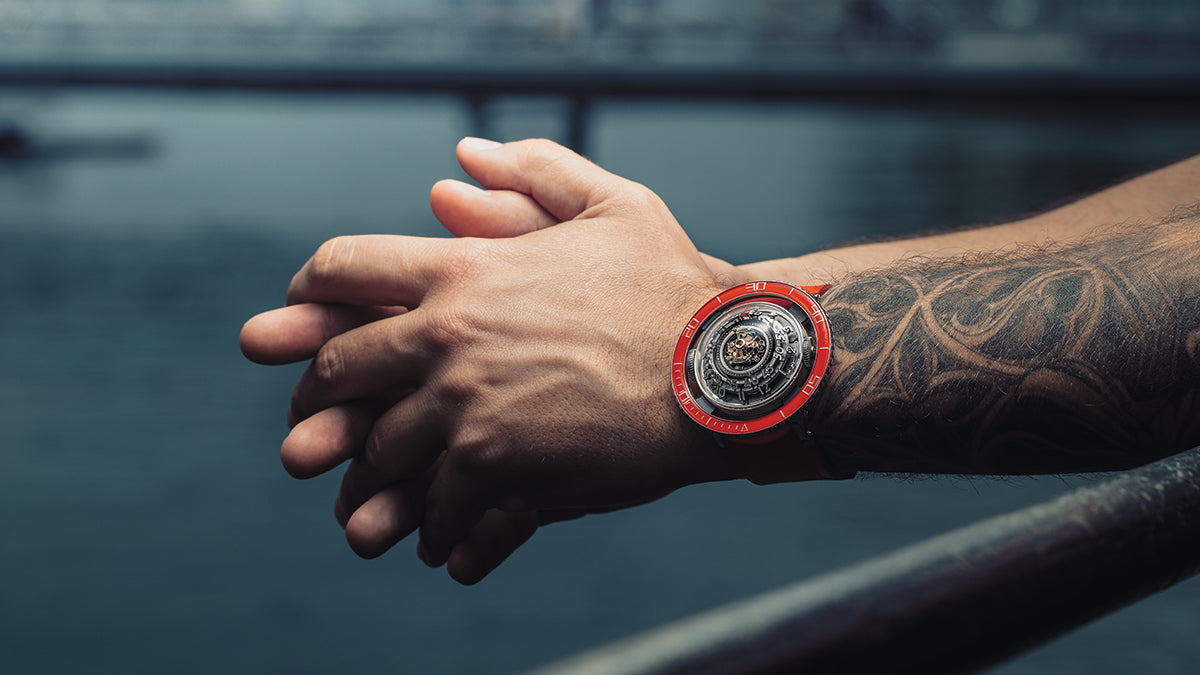 HM7 Aquapod - Credit MB&F
HM7 Aquapod - Credit MB&F
Meanwhile, the HM7 Aquapod from MB&F does boast a timing bezel (in fact, its satellitic unidirectional bezel is the key feature of the watch) and excellent numeral luminosity (although lacks hands entirely), but it is only water resistant to 50 meters.
The oddest of the bunch is probably the De Bethune, which has a unidirectional rotating bezel and 100 metres of water resistance but lacks a running indicator and, arguably, the level of legibility normally expected from such a watch.
All of these watches attempted to take the original dive watch concept and innovate aesthetically. In that regard, at least, they have been successful, but none of them can hold a candle to the sheer brilliance of Sinn’s Hydro concept, which eschews fancy aesthetics and engaging story-telling in favour of cold hard specifications. And it does so brilliantly.
 Sinn T50 - Credit Sinn
Sinn T50 - Credit Sinn
Sinn Hydro cases are fluid-filled. This means, from a physics perspective, they are effectively incompressible solid objects. All air within the case has been removed and the watch filled (in a vacuum) with what Sinn refers to as “oil”. Commonly, two types of oil are used for this operation and they are silicone oil or fluorinated oil (oil in which all the hydrogen is replaced by fluorine).
Naturally, the movement of these watches needs to be quartz so the oil can flow through every possible recess of the case’s interior (and its movement), so no weak spots remain. If you’re thinking that it is possible to have an oil-filled case with a mechanical movement a la Belgian brand Ressence, you would be half right, simply because Ressence’s oil-filled models are only half-filled with oil, with the mechanical movements encased in a hermetically sealed compartment entirely separate from the oil-filled display.
Sinn’s oil-filled cases are so tough that the Sinn UX (EZM 2B) model has been certified as suitable for diving down to depths of 12,000 m (which is actually deeper than you could dive on Earth, even if you wanted to). Almost ironically, however, the quartz movement itself cannot survive those depths and has a maximum rating of 5,000 metres, hence 5,000 metres adorning the dial.
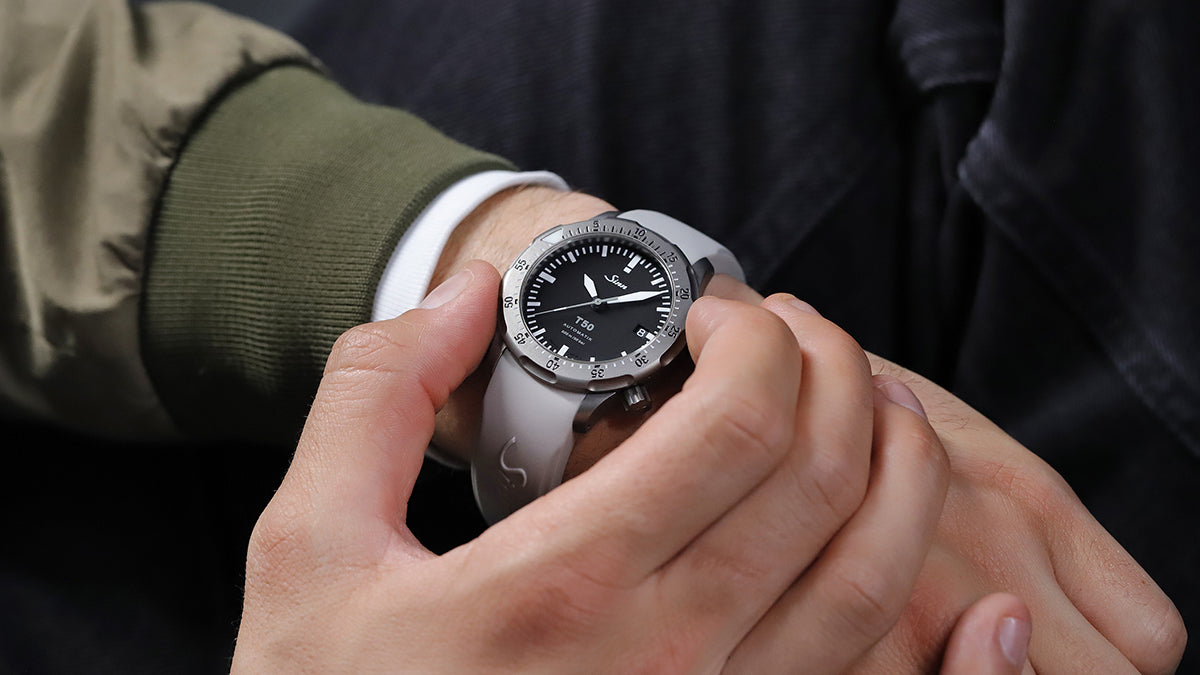 Sinn T50 - Credit Sinn
Sinn T50 - Credit Sinn
The ingenious solution implemented by Sinn to overcome the issue of thermal expansion of the liquid inside the watch is what sets the brand apart from others who have used fluid-filled cases in the past.
Because the oil used in the process changes volume by 10% between the temperatures of −20 °C (−4 °F) to 60 °C (140 °F), the case needs to be flexible. Sinn installed a membrane caseback that compresses and expands in accordance with the oil within the watch, preventing a crystal blowout (which would be devastating for water resistance, of course). When this complex technique is not employed, the oil will have a bubble in it to allow for expansion at high temperatures, which is rather unsightly and, in comparison to Sinn’s solution, amateurish.
And that bubble leads us to another priority for Sinn: legibility.
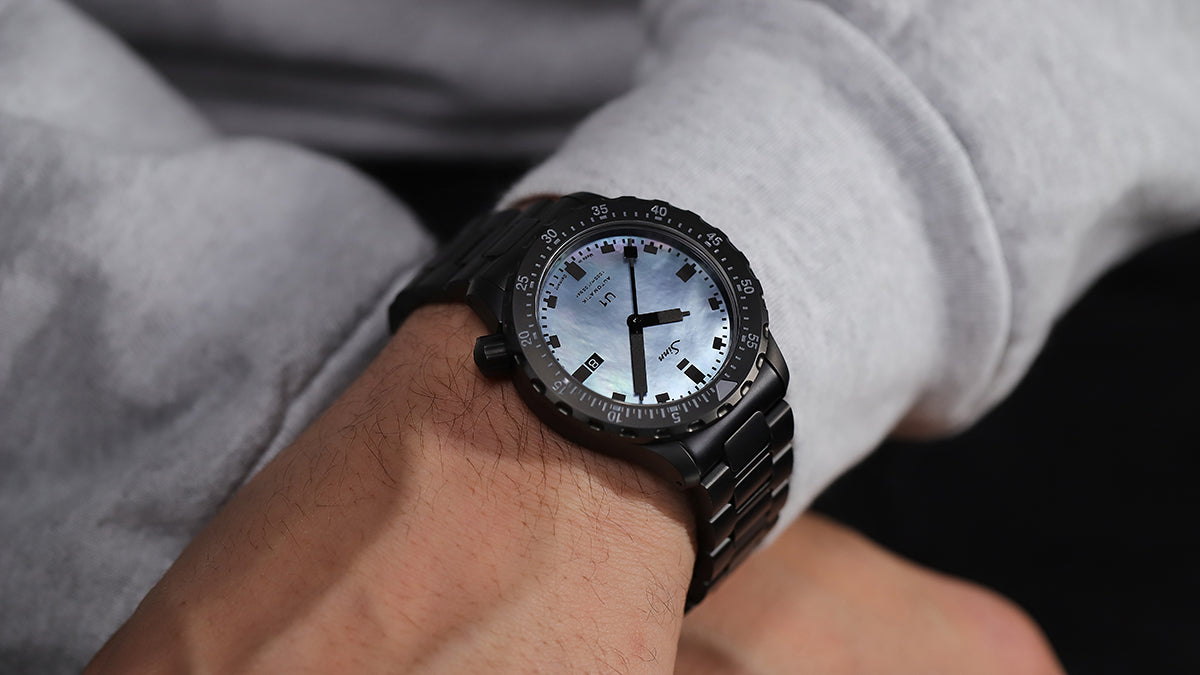 Sinn U1 - Credit Sinn
Sinn U1 - Credit Sinn
Most of us will never take these watches down to the depths for which they are rated. However, many of us in possession of these exceptional tools will swim with them. And this is where the Hydro technology’s biggest practical advantage becomes apparent.
Because the oil touches the underside of the watch crystal, there are zero reflections on the glass underwater. This means the watch can be read easily from any angle. It is a remarkable thing to witness in real life and the main reason I fell in love with the first Sinn Hydro I owned. Better still, the air-free case means there can be no condensation at all regardless of the suddenness or extremity of the temperature changes to which the watch could be subjected.
In summary, the dive watch genre is a fascinating thing to explore, with incredible tools, creative homages, and rugged runarounds for all. But as incredible as that variety is, I find myself coming back time and time again to the quiet king of the tides: the Sinn Hydro concept and every watch blessed by it.




